Canon RF 200-800mm f/6.3-9 IS USM review: all hail the new superzoom king
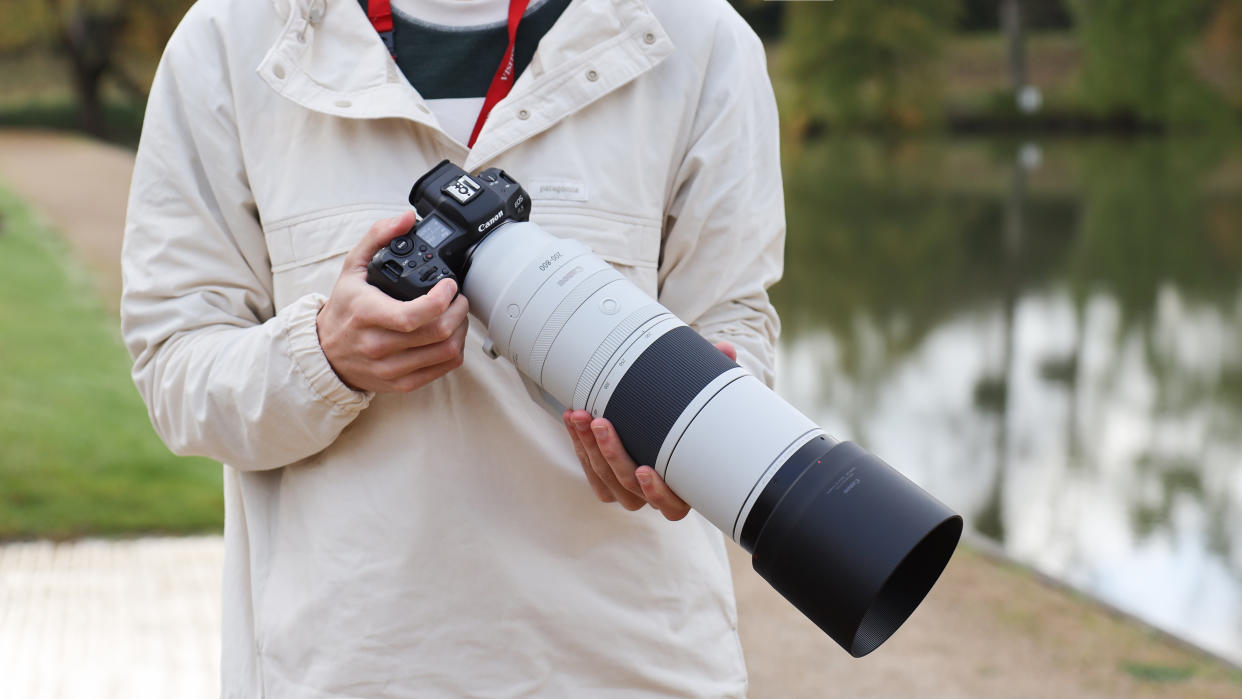
Jump to:
Specifications
Price
Design & Handling
Photo Performance
Sample Images
Lab Results
Video Performance
Verdict
Alternatives
Every so often, a new big superzoom telephoto lens pops up to grab everyone's attention. Mostly it’s third-party lens makers like Sigma and Tamron, duking it out over different stratospheric focal lengths or huge apertures. It seemed like Canon was content to focus on sensible quality and let other companies make the headlines. But no longer! The Canon RF 200-800mm f/6.3-9 IS USM has arrived on the scene as a serious challenger to the superzoom throne.
In the realm of full-frame superzoom lenses, there are a few different priorities. There is simply the longest lens in terms of maximum reach, like the Nikkor 1200-1700mm f/5.6-8P IF-ED, or there is the widest aperture superzoom like the battlefield-ready Sigma APO 200-500mm f/2.8 EX DG, or there is the widest zoom range, like the Sigma 60-600mm f/4.5-6.3 DG OS HSM Sport and its broad 540mm of reach.
The Canon RF 200-800mm offers a (currently) record snatching 600mm difference in focal length from wide to tele, for full-frame cameras anyway, and manages to achieve this in a body weighing just over 2kg and just 31cm long. There are, however, compromises to be made, with the maximum aperture being limited to f/6.3-9, which puts it considerably narrower than other rival lenses with slightly less ambitious focal lengths.
The RF 200-800mm is designed for full-frame cameras, but its reach can be extended even further if paired with a Canon APS-C camera like the Canon EOS R7 with its 1.6x crop factor, which makes the lens a whopping 320-1280mm! The lens is also compatible with Canon’s 1.4x and 2x teleconverters, although you have the penalty of losing one or two stops in maximum aperture respectively.
Canon has delayed getting into the super-zoom wars for so long, but has finally turned up to the party – has Canon found the secret formula for near to far perfection?
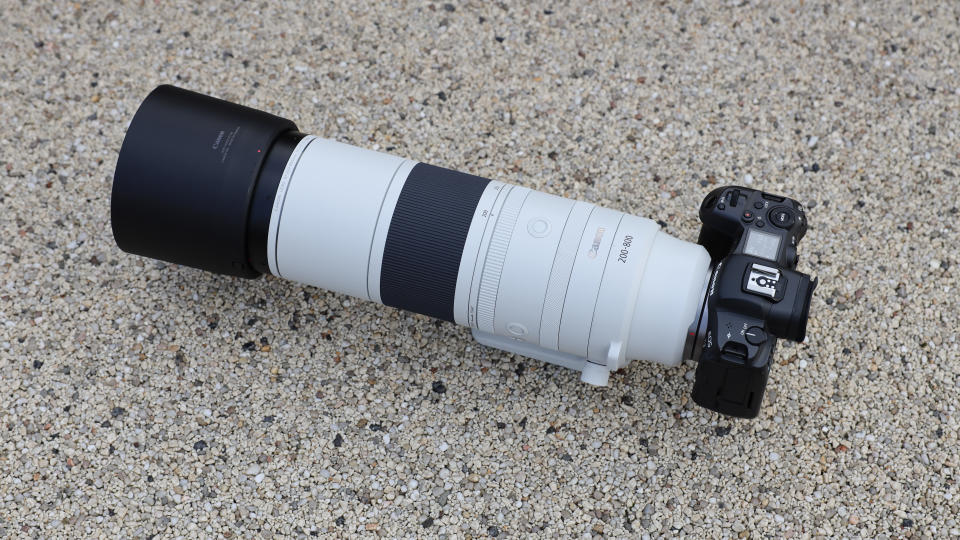
Specifications
Price
At $1,899 / £2,299 / AU$3,499 – the RF 200-800mm is an expensive lens, but not unreasonably so, with Canon clearly banking on its extra reach offering enough to set this above cheaper lenses with a shorter zoom range. However, Canon’s restrictive practices around its mount mean that this is one of the only true superzoom lenses available for the RF system.
Sigma’s closest EF lens – the Sigma 150-600mm f/5-6.3 DG OS HSM Sport, comes in considerably cheaper bundled with a Sigma 1.4x teleconverter – and while you then have to use another mount adapter, this might be a worthwhile trade-off for a substantial saving.
Design & Handling
On my first impression of the lens, I was initially struck by the size – while it isn't dramatically smaller than superzoom lenses from the likes of Sigma and Tamron, I was expecting it to be so much larger and heavier. When you remember just how much focal length it covers, the overall size actually is quite remarkable. Although, the mediocre maximum aperture can likely be thanked for some of this size reduction.
Unusually the lens is in white, which is normally reserved for Canon’s more premium L-series lenses, but it has been employed here as it reflects more heat off the quite substantial surface area of the lens for better performance in extreme conditions. This does also have the psychological benefit of making me subconsciously assume it's going to be a more optically impressive lens to the quality of the L-series – if that was intentional then, smart move Canon.
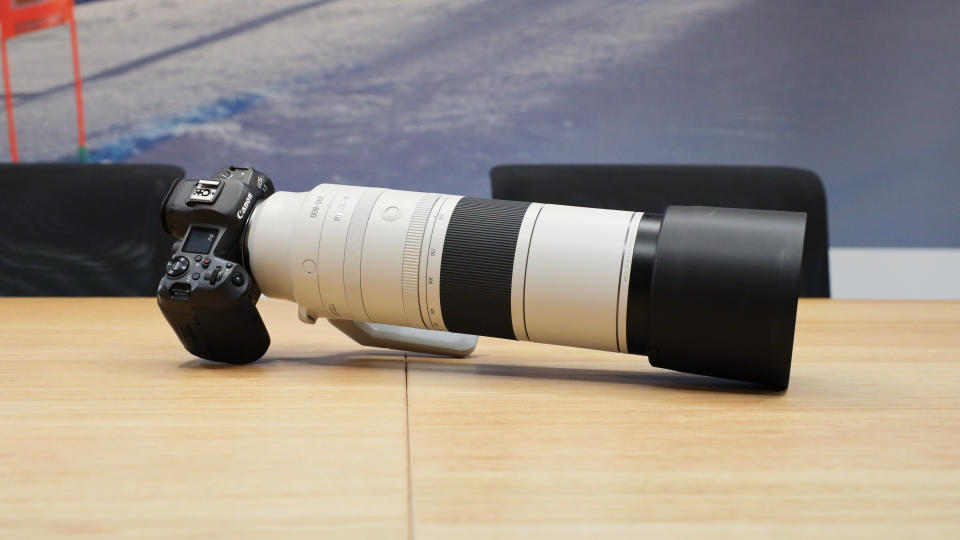
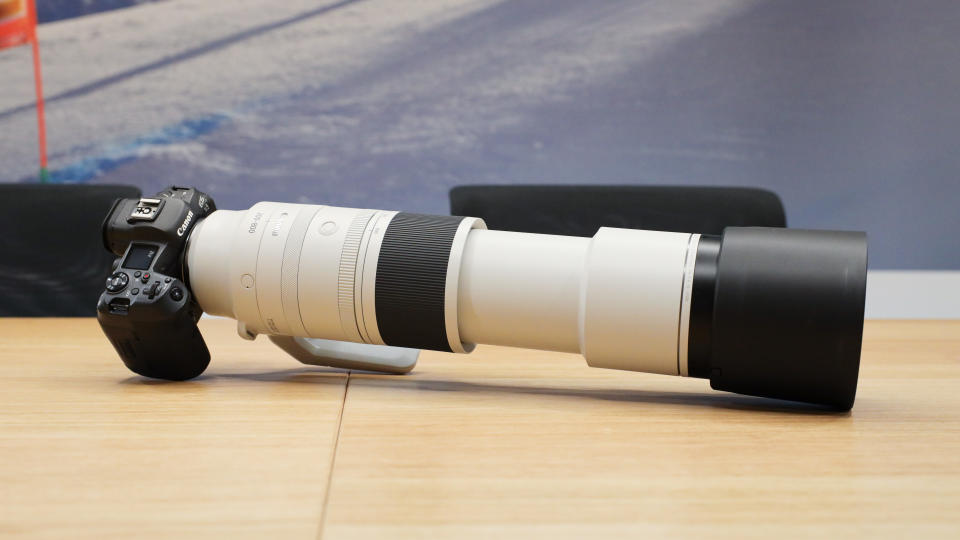
For its huge 200-800mm range, the lens is surprisingly lightweight, at just over 2kg. I have been using the lens mostly handheld in my testing while attached to the Canon EOS R5, and the weight was not really troublesome when being carried around, although holding the lens up to my eye for long periods when tracking wildlife did drain my arms quickly, but a shoot with this lens means I can skip the gym.
At 31.4cm (12.4in) in total length when collapsed, the lens should slip into a decent-sized camera backpack alongside a camera with no issue, so wildlife and sports photographers can be saved from a little less back pain.
The lens comes with a built-in tripod foot, which I found doubled perfectly as a carry handle as I walked around. There is also an additional carry strap included if you prefer to use it (I personally find straps just get in the way). I didn't find any issues balancing the lens and EOS R5 camera on a tripod, even on unstable and uneven ground at my local bird sanctuary, it wasn't much hassle to kick the legs into a strong balanced position.
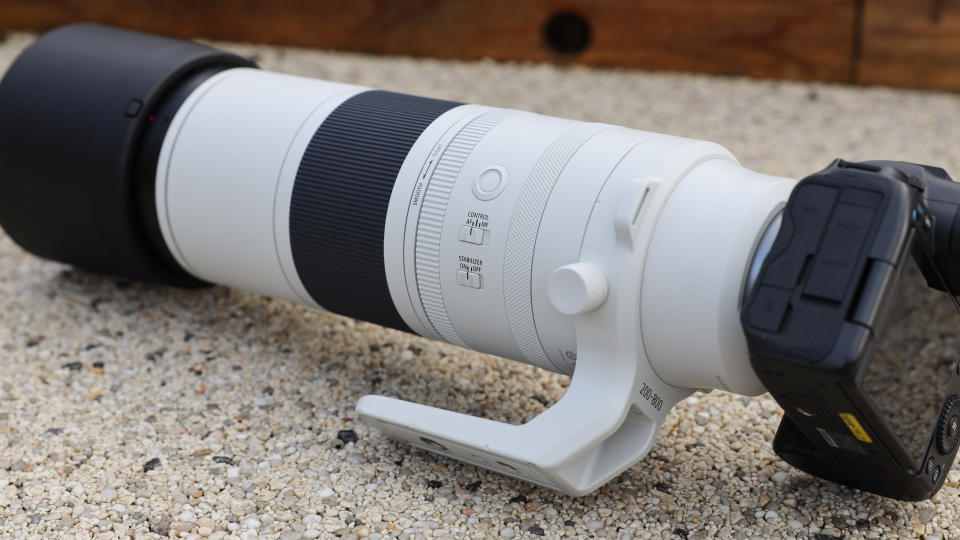
Unusually for a Canon non-L lens – the hood is included. Although for the price of the lens, throwing in a plastic lens hood is a small concession from Canon.
The lens hood is in black (unlike the white lens) and doesn’t match the same quality as the hood included with lenses like the Canon RF 70-200mm f/2.8L IS USM, but I won't look a gift horse in the mouth – it is nice to have.
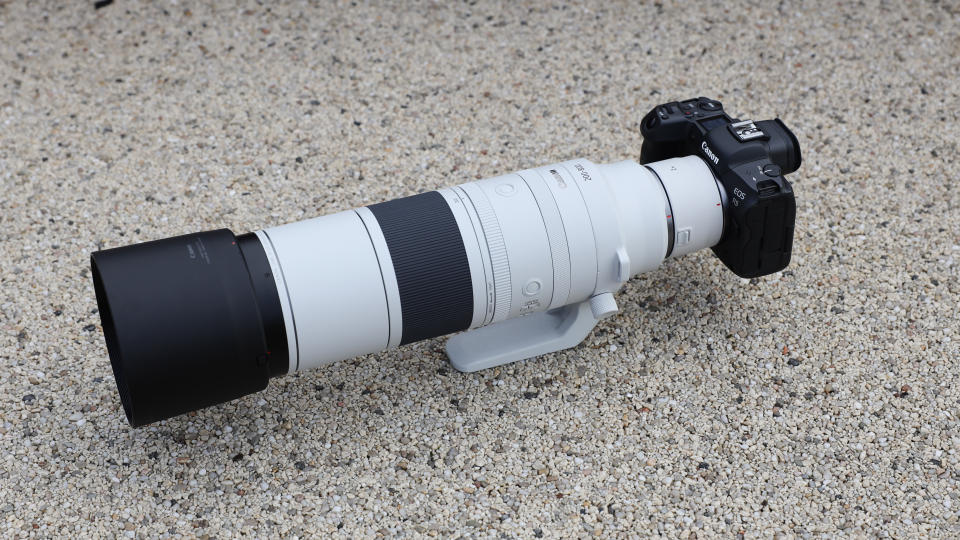
In terms of the lens features, the switches on the 200-800mm are relatively simplistic, with one for AF-MF and a second for OIS on or off, there are no options for different stabilization modes or focus limits on this lens. I don’t know if this is an engineering decision in terms of what was possible to achieve with the lens, Canon suggesting the lens/camera is now smart enough to pick everything itself, or just a costing decision to keep the price affordable.
You do, however, have two custom function buttons on the lens as well as Canon’s customizable control ring, which also does double duty as the manual focus ring when required. There is also a ring to make the zoom tighter or smoother, which might be useful to some who need very precise zoom. I found the lens was challenging to turn all the way from 200 to 800mm in one fell swoop, even on smooth, as it is just a long throw and a big barrel to turn.
Photo Performance
Canon has almost gone and done it! The Canon RF 200-800mm lens comes so close to touching optical greatness, with only some minor quibbles with quality towards the top end of the zoom range, but throughout its huge 600mm zoom range, you can achieve some stunning results.
This is in the context of the prosumer superzoom lens category – don't start putting your telephoto primes on eBay just yet! There are unfortunately a few reasons why this lens probably didn't get the red ring of professional approval – but in certain situations, it comes tantalizingly close.
The RF 200-800mm is best through its 200-700mm range – between 700-800mm there is a noticeable drop in image quality, with sharpness becoming a bit murkier. I actually found I could achieve better results using the 45MP sensor from the Canon EOS R5 while shooting at 600mm and cropping the image to the same aspect as 800mm. In the image below you can see the difference between 600mm and 800mm in the fine lines around the robin's features and feathers.
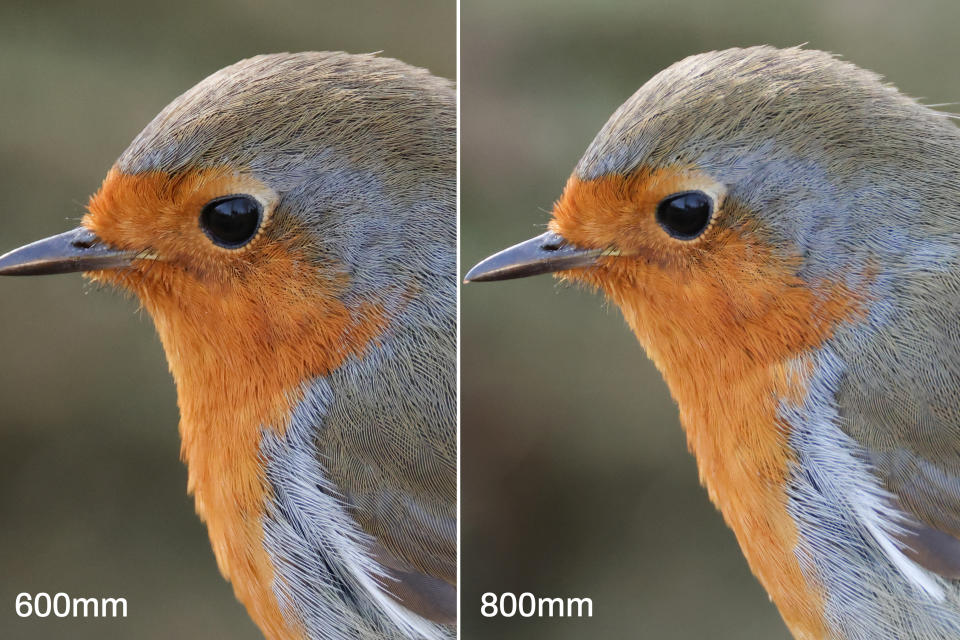
The results look more dramatic when you directly compare them side-by-side. When viewed in isolation, I didn't clearly notice the robin at 800mm being a narrowly lower-quality image, and I was actually really happy with the image until I viewed the wider shots next to one another. You can see the same image below at 400mm, 600mm, and 800mm to compare the results at each length.
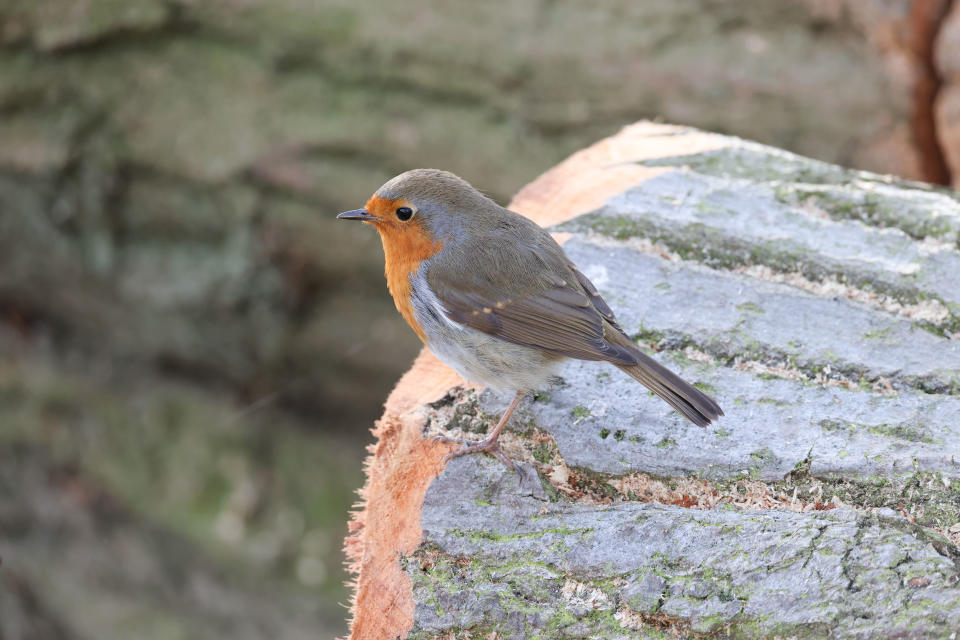
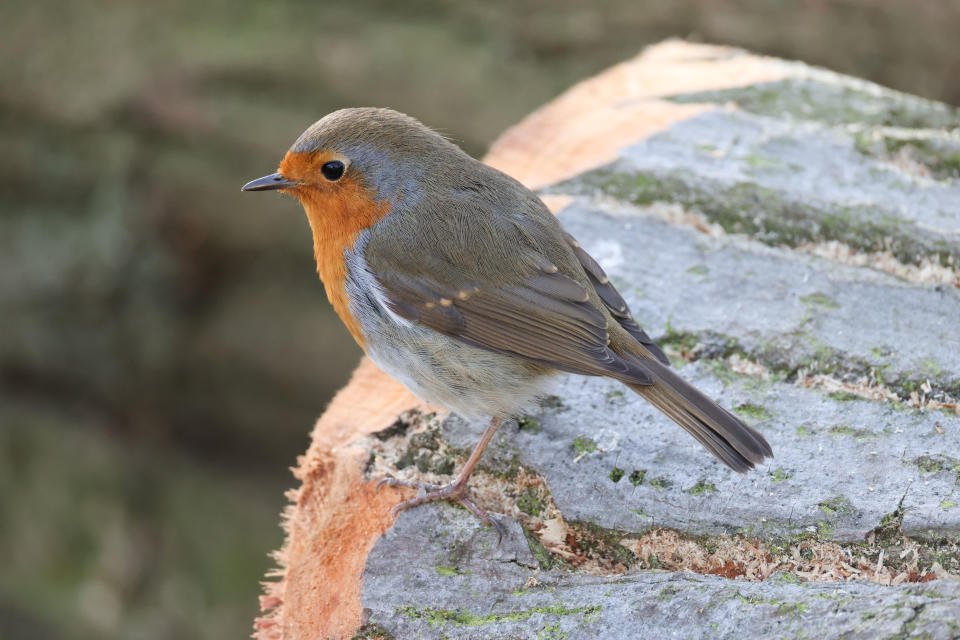
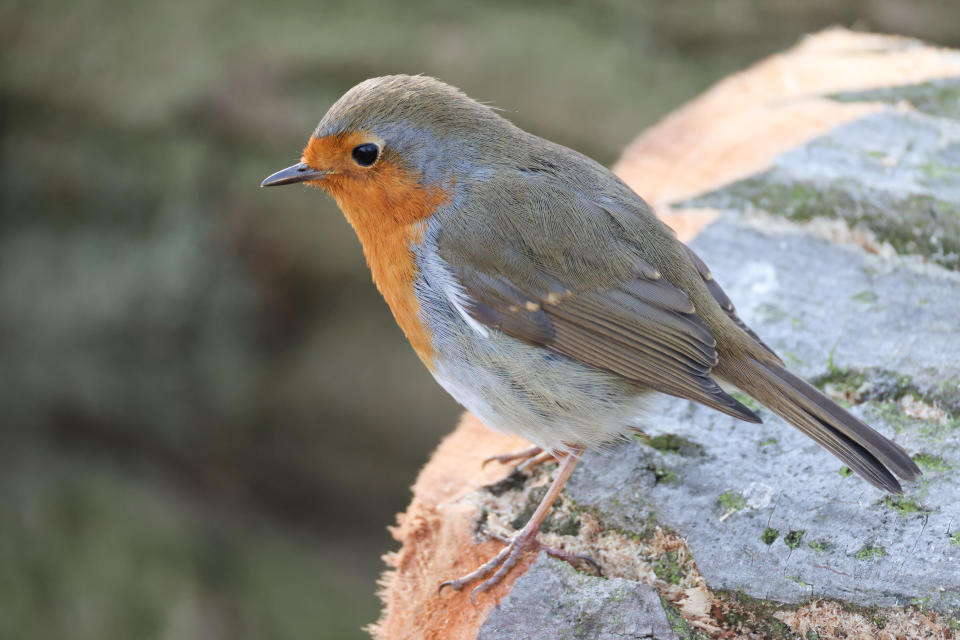
The range that the 200-800mm lens can achieve is astounding. You can see just what a difference 600mm makes in the image of the plane below. I live nowhere near an airport, so this plane is way up in the air – at 200mm, the plane remains somewhat of a dot in the sky, but zooming in to 800mm I can almost read the plane's tail number!
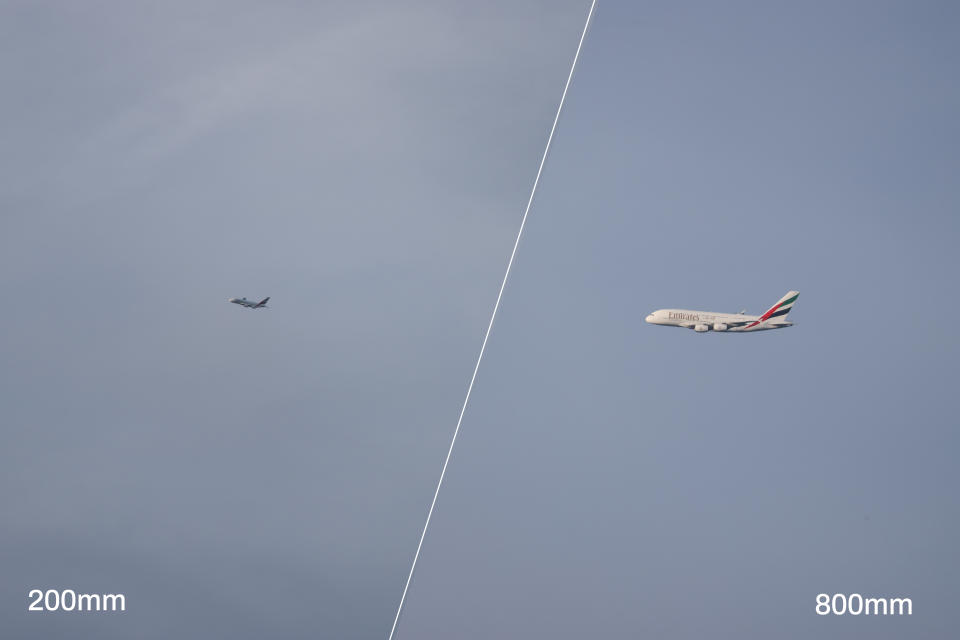
Where the lens comes a little unstuck is with its limited aperture. I tested the lens chasing birds around a wildlife park, which meant shooting a lot of fast-moving critters – thus high shutter speeds. Due to the smallish f/9 aperture at the top end of the zoom, the camera ISO kept jumping higher than was ideal. With heavy cloud cover, it became a dance between going as slow with the shutter as I could while avoiding subject blur and trying to keep the ISO down.
Lower peak sharpness at 800mm, combined with reduced quality at higher apertures meant that shots I hoped would capture a lot of detail in feathers or fur were just a little lackluster and smoothed.

The RF 200-800mm lens is compatible with Canon's RF 1.4x and 2x teleconverters. Throwing the 1.4x and the 2x converter on the lens, I could not notice any perceptible drop in quality to my eye caused by the converter at the low end of the focal range, with shots from around 200-600mm looking good, with sharpness and contrast remaining consistent with the lens alone at the equivalent length.
But, unsurprisingly, matching the lens, shots at the top end of the lens when used with teleconverters were also soft. When the 2x teleconverter was used at 800mm (1600mm with the x2 converter), the image contrast also suffered quite heavily as well with shots becoming more washed out.
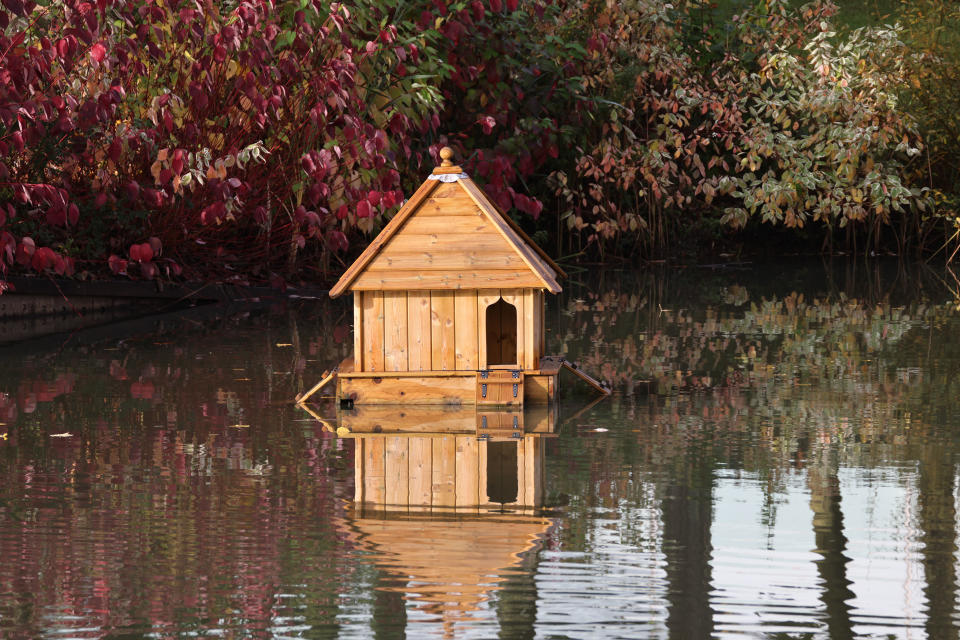
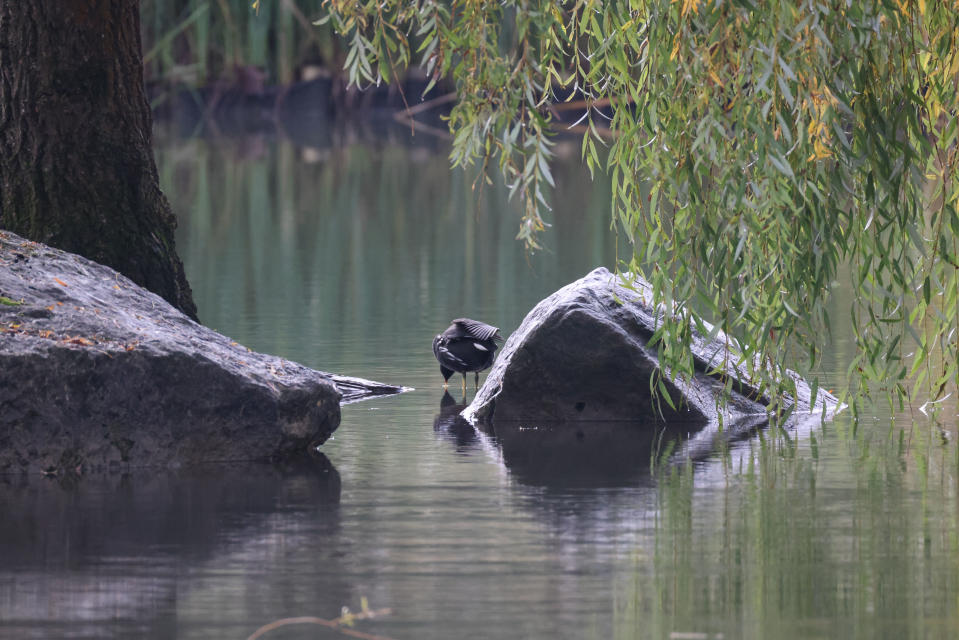
Finally – the autofocus of the RF 200-800mm is exceptional. Now, the autofocus on the Canon EOS R5 is one of the best in the business, and the RF 200-800mm lens had no issues keeping up. I mostly used bird tracking autofocus, which flawlessly pinpointed each bird's eye with the RF 200-800mm moving just following along in near total silence – there is definitely no danger of this scaring off any skittish wildlife.
Pulling from near to far focus was a tiny little bit slower than shorter lenses, probably down to the distances internal parts need to be pushed and pulled inside the big white lens, but I didn't really miss any crucial shots from the lens being too slow to find focus.
Sample Images
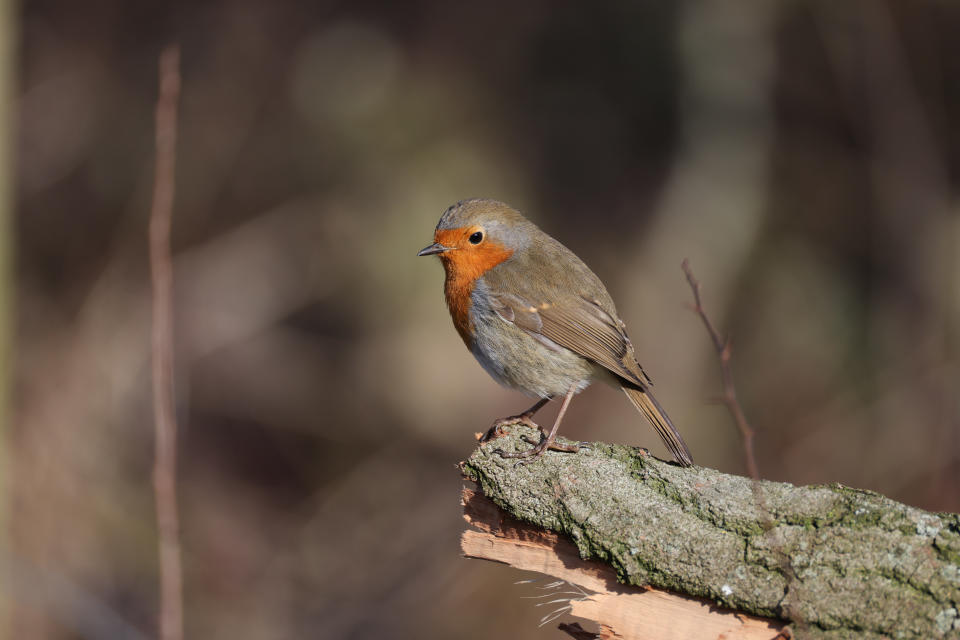
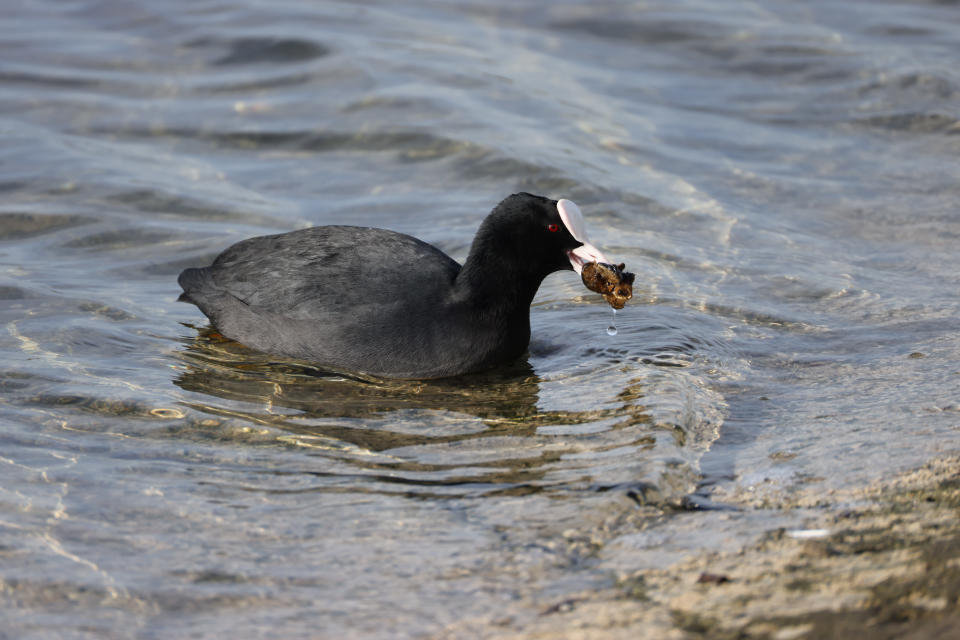


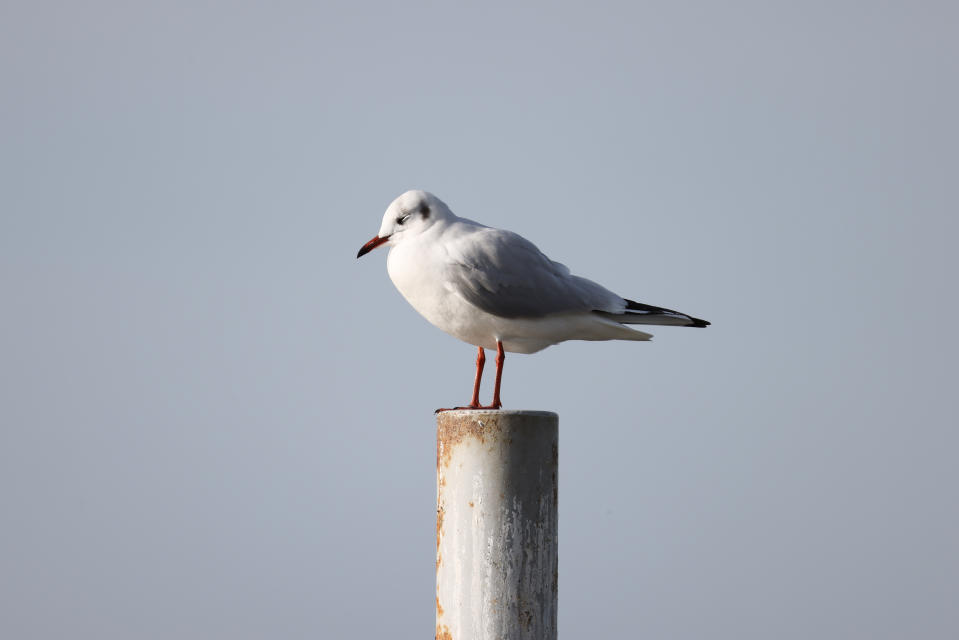
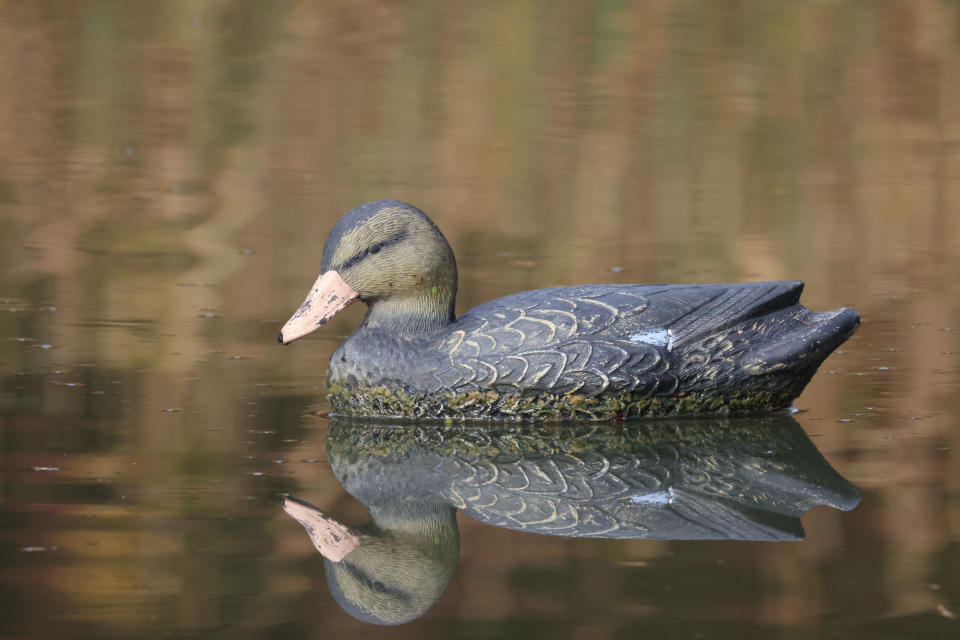
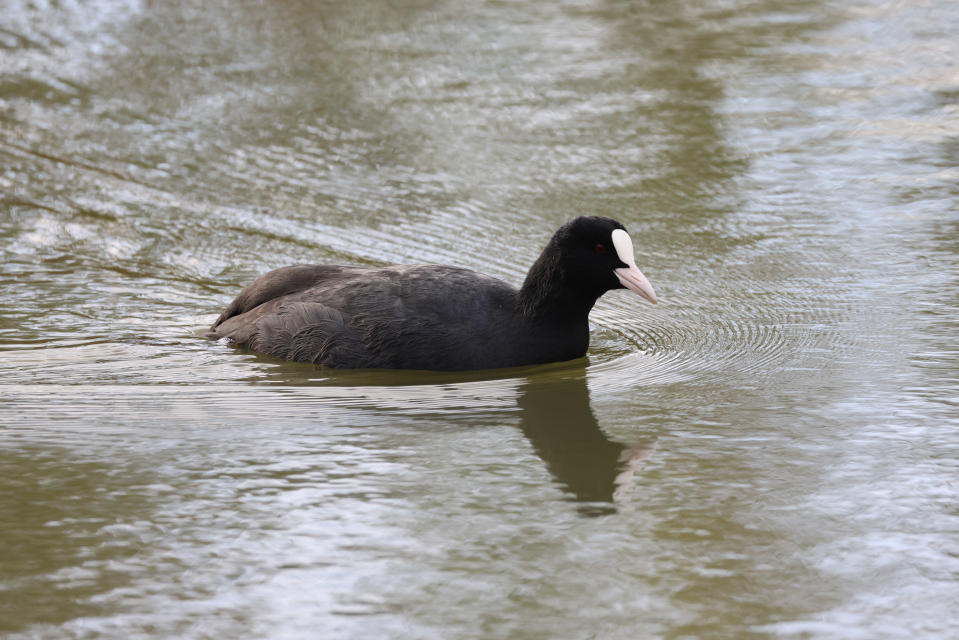
Lab Results
We run a range of lab tests under controlled conditions, using the Imatest Master testing suite. Photos of test charts are taken across the range of apertures and zooms (where available), then analyzed for sharpness, distortion and chromatic aberrations.
We use Imatest SFR (spatial frequency response) charts and analysis software to plot lens resolution at the center of the image frame, corners and mid-point distances, across the range of aperture settings and, with zoom lenses, at four different focal lengths. The tests also measure distortion and color fringing (chromatic aberration).
Sharpness:
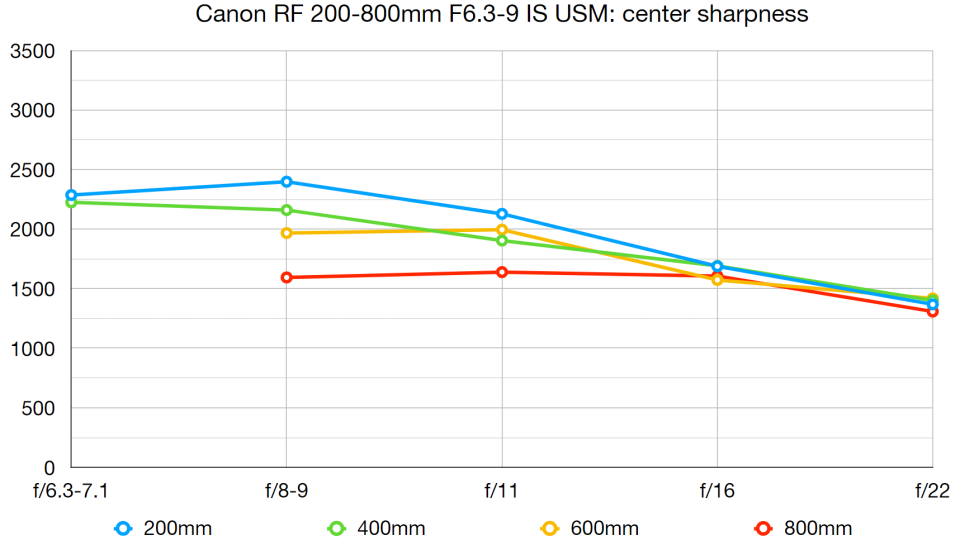
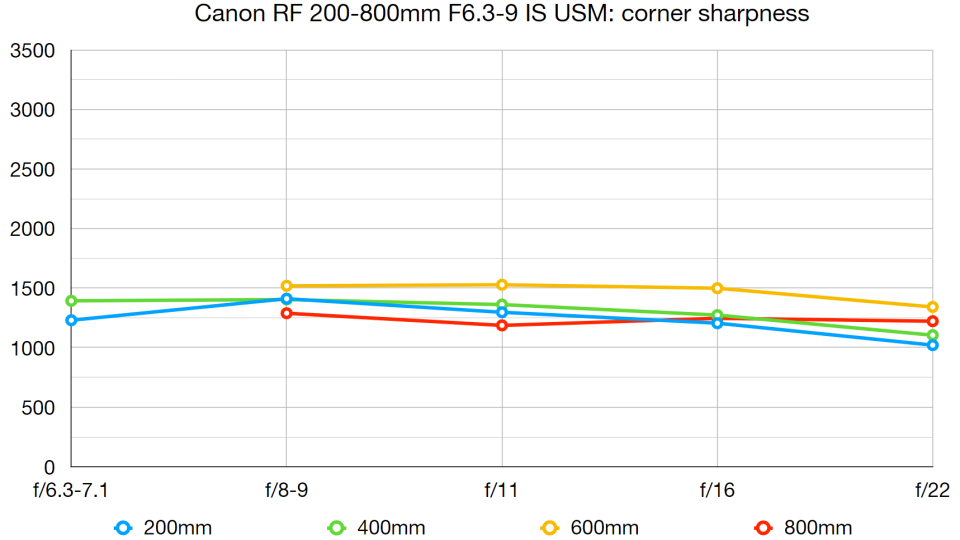
Center sharpness is very good in the 200-600mm focal range, but becomes more average at 800mm. Corner sharpness is average at all focal lengths, but this is less problematic for a super-telephoto lens, where your subject is likely to only occupy the center of frame.
Fringing:
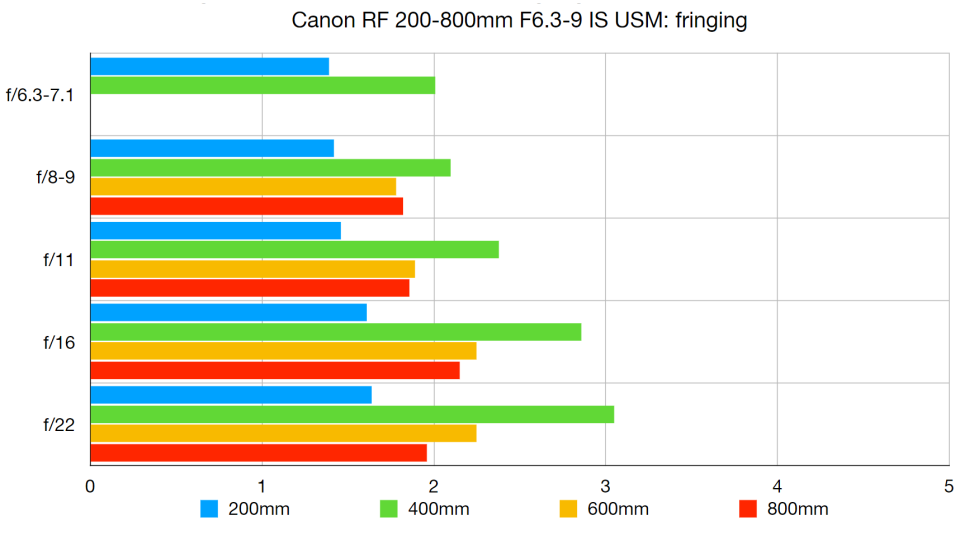
Color fringing is quite easily visible at all tested focal lengths and apertures, and is most noticeable at 400mm. These results were obtained with in-camera aberration correction disabled though, so this is a worst-case scenario.
Distortion:
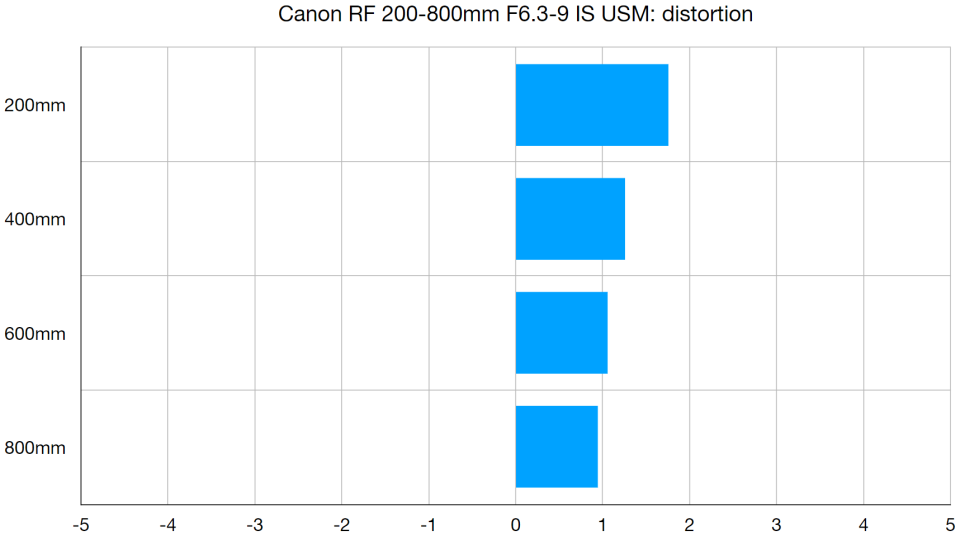
There's minor pincushion distortion at 200mm, which gradually reduces as you zoom in. Again, we disable any in-camera lens corrections to ensure a fair test, so enabling distortion correction would likely improve things considerably.
Video Performance
With a lens of this length, stable video is going to be the biggest hurdle. The best advice is to invest in a study video tripod, with a video head capable of smooth panning and tilting reducing the amount of jerkiness and handshake – although at the full stretch of this lens, every tiny vibration is reflected on the final footage. Even when mounted on a tripod, I still found a few tremors from my movement around the lens sneaking into the footage.
Luckily, the image stabilization is a savior in the RF 200-800mm – especially if you are willing to use Canon's enhanced digital image stabilization at the penalty of a slight crop on the footage.
You can see some of the differences in stabilization modes and the effect on handheld footage in the sample video above.
The optical image stabilization built into the lens on its own is fantastic, but handheld, couldn't quite achieve the levels of stabilization I would consider usable. Adding the Digital I.S. (Enhanced) however, did nudge the lens to a level of steadiness to which I would actually consider shooting 800mm video footage handheld and leaving my tripod in my bag.
The image stabilization is fairly solid when held steady, although small movements did sometimes spur significant jumpy autocorrections from the I.S. However, I was especially impressed when panning with the lens – tracking birds as they swam around the lake produced beautifully smooth and stable footage.
Again, I wouldn't recommend leaving a tripod at home, but if you need to get footage quickly then these combined image stabilization modes can come to the rescue in a pinch.
Verdict
If you want a lens that covers the absolute widest range of telephoto focal lengths possible, then the Canon RF 200-800mm f/6.3-9 IS USM is an easy decision. This is (at the time of writing) the reigning champion of all the full-frame superzooms for focal range. It is also remarkably light and compact for the massive focal length, so shooting wildlife all day with this lens should be a walk in the park (pun very much intended). And it should fit into most decent-sized camera bags, too.
The downside, however, is the maximum aperture is less than what you get on other less ambitious superzoom lenses. At focal lengths as long as this, background blur and subject isolation are great, although the lens will suffer in lower light conditions. In good light, the lens is impressively sharp throughout most of the zoom range – and although sharpness and contrast could have been a little stronger at 800mm in my testing, but the autofocus was lightning-fast and accurate.
While the lens is hugely impressive for its reach – the price is quite a lot to pay unless you really need the additional length. You can pick up the Canon RF 100-400mm F5.6-8 IS USM for about a quarter of the price if you can make do with the shorter length – and it can be paired with the 2x converter, a combination that still comes in cheaper than the 200-800mm alone.
However, the RF 200-800mm is a bargain compared to Canon's L-Series telephoto lenses, and the best choice for any enthusiast, at least until Canon opens up its mount to third-party lensmakers anyway.
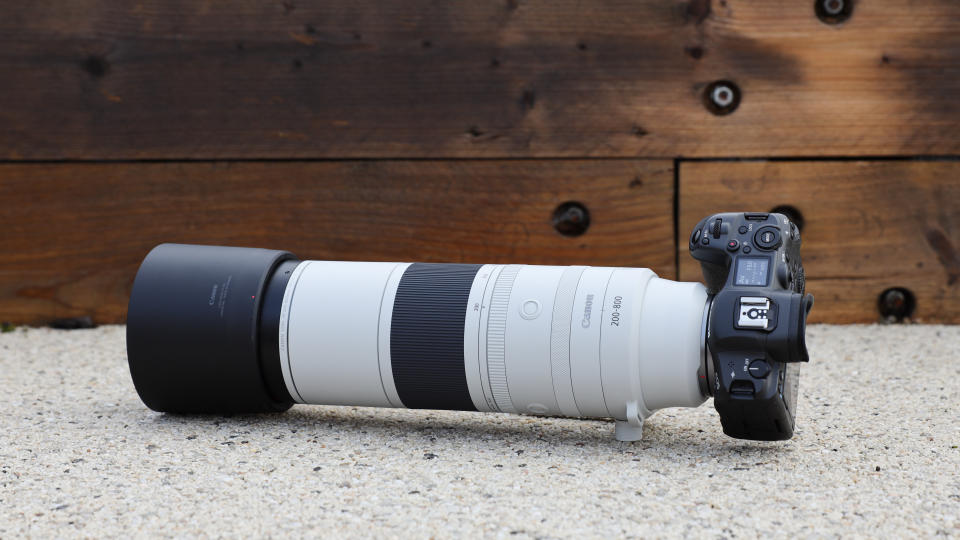
✅ Buy this if...
You take a lot of wildlife or sports photography over varied distances
You want the biggest zoom range possible without having to lug multiple lenses around
You don't want to use mount adapters on your existing lenses to increase their focal length
🚫 Don't buy this if...
Your subjects are usually closer than the top end of this zoom
You don't want to carry around a big and heavy lens and are looking for a more compact zoom lens
You are on a restricted budget and don't mind making some sacrifices to get a similar cheaper lens
Alternatives

If you want some serious reach on your RF system, but don’t have a lot of money to spend, then the Canon RF 100-400mm F5.6-8 IS USM is the best you can get. Although the top length pales in comparison to the 200-800mm, 400mm will still get you very close to the action, and you can boost this even further on an APS-C camera with a 1.6x crop like the EOS R7.

The Canon RF 100-500mm f/4.5-7.1L IS USM again doesn’t have nearly the reach of the 200-800mm lens, but if you want Canon’s zoom lens with the absolute best quality then this might be the one for you. Although you will pay a premium, with the 100-500mm lens coming in several hundred dollars more expensive. The lens is also compatible with Canon’s 1.4x and 2x teleconverters.

